Characteristics of Plant Family Composition of Quercus aquifolioides Community along an altitude Gradient on the Balang Mountain
doi: 10.16779/j.cnki.1003-5508.2015.02.001
- Received Date: 2014-12-25
-
Key words:
- Wolong Nature Reserve /
- Evergreen sclerophyllous oak forest /
- Plant families composition /
- The world distribution families
Abstract: The evergreen oak(Quercus aquifolioides Rehder & E. H. Wilson) forests are widely distributed in the subalpine zone on the Hengduan Mountains,southwestern China. In order to understand the response of plants to the elevational gradient, studies were made of the plant family composition of Q. aquifolioides community from 15 different sites along an elevational gradient from 2200 to 3600 m. a. s. l. on the Balang Mountain,Wolong Nature Reserve,SW China. The distribution types of Q. aquifolioides community included the world distribution of 31 families,21 families of tropical distribution and 21 families of temperate distribution,respectively,accounting for 42.47%,28.77% and 28.77%. The number of plant families in Quercus aquifolioides communities at low altitudes was more than that at high altitudes. Above 3100 m. a. s. l., the distribution of the number of plant families did not changed. The world distribution families were dominant in each altitudinal gradient, followed by families of tropical and temperate distributions. Tropical distribution families had a decreasing trend with the increasing altitude, temperate distribution families exhibited two peaks with the increasing altitude. From 2 200 m to 2 800 m, tropical and temperate distribution families were basically the same. Temperate distribution increased significantly above 2 900 m. a. s. l..






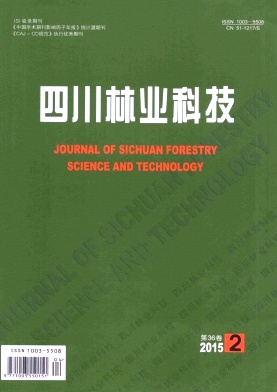




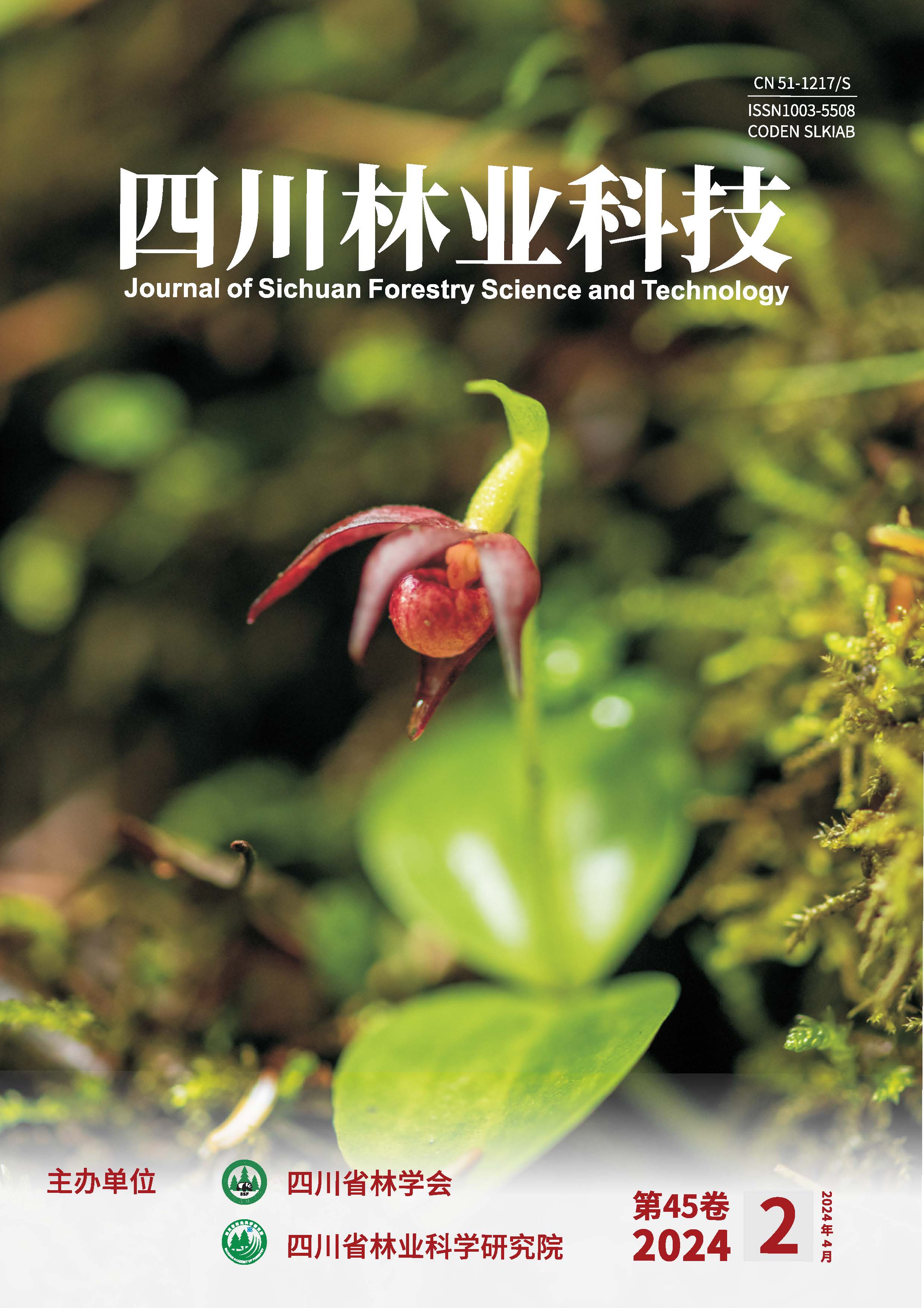
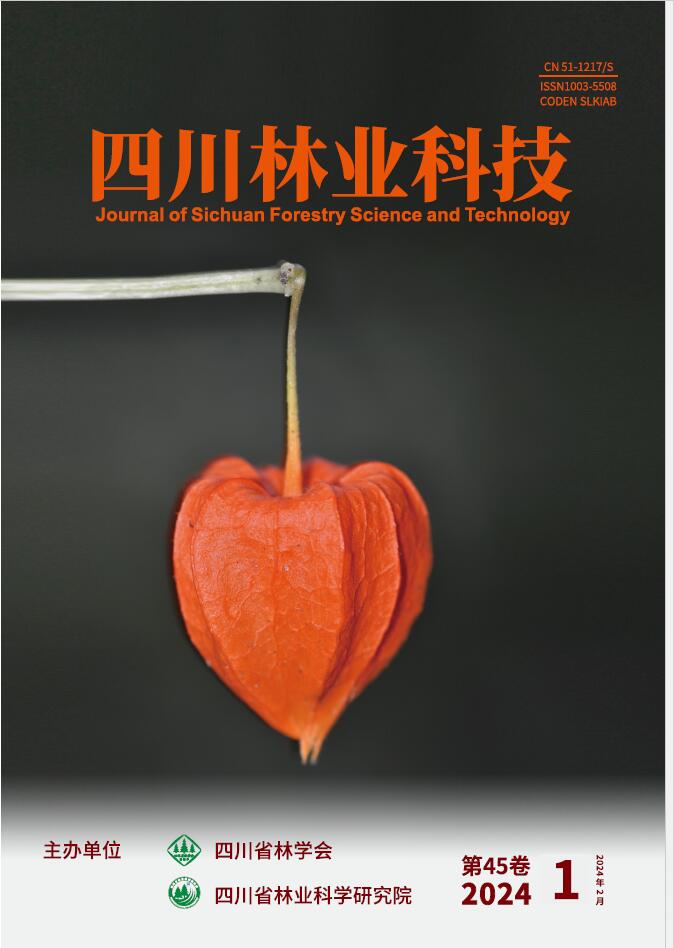
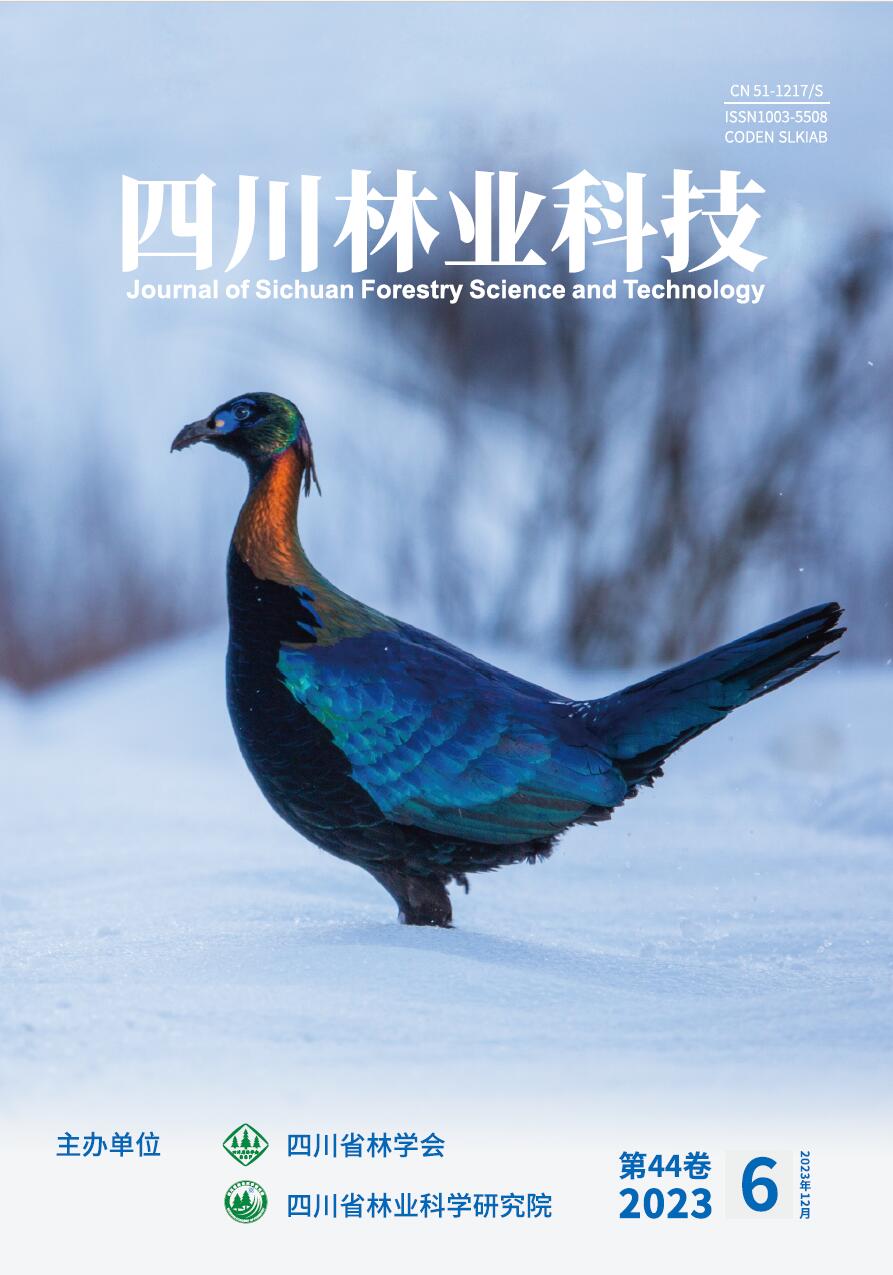
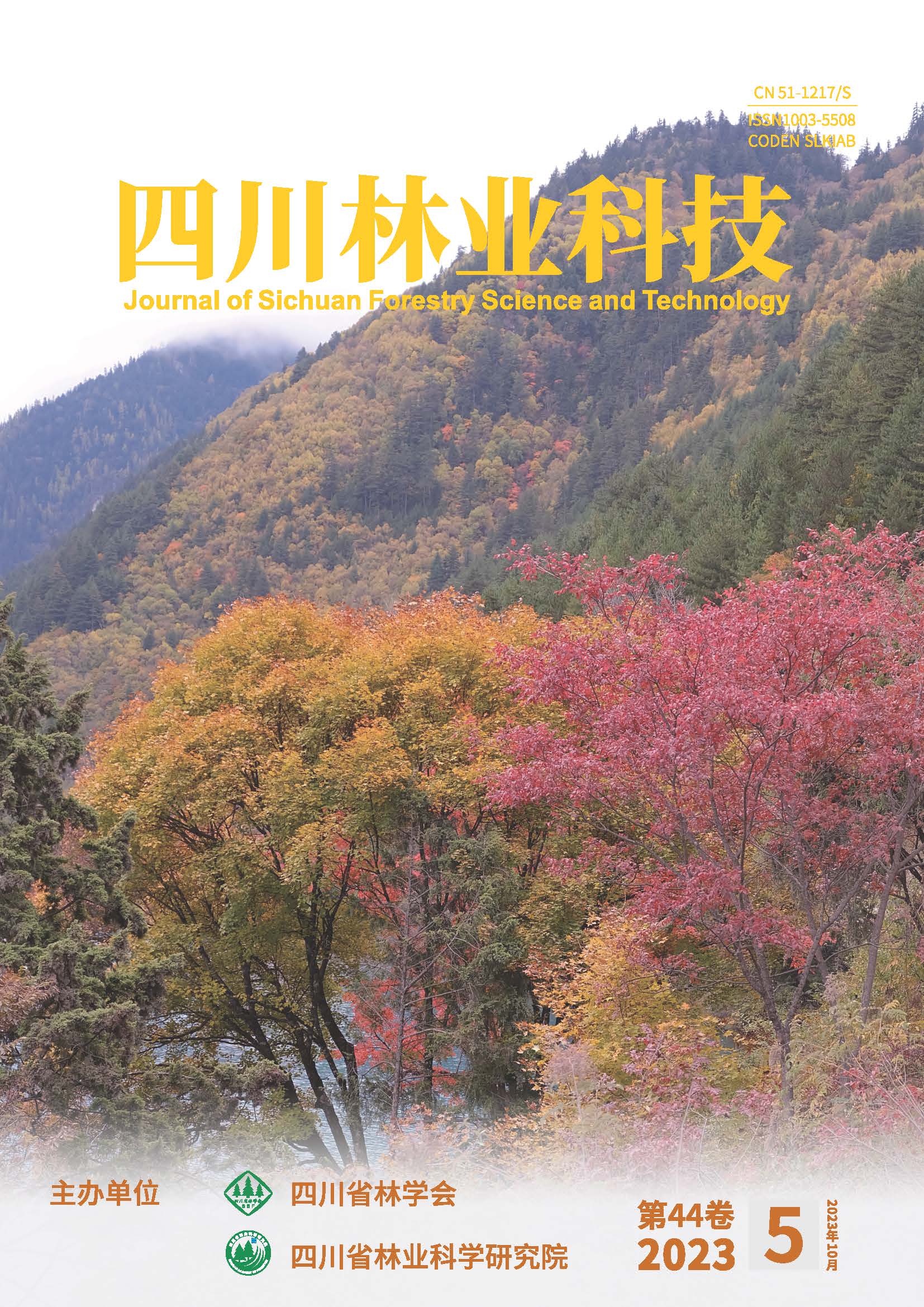
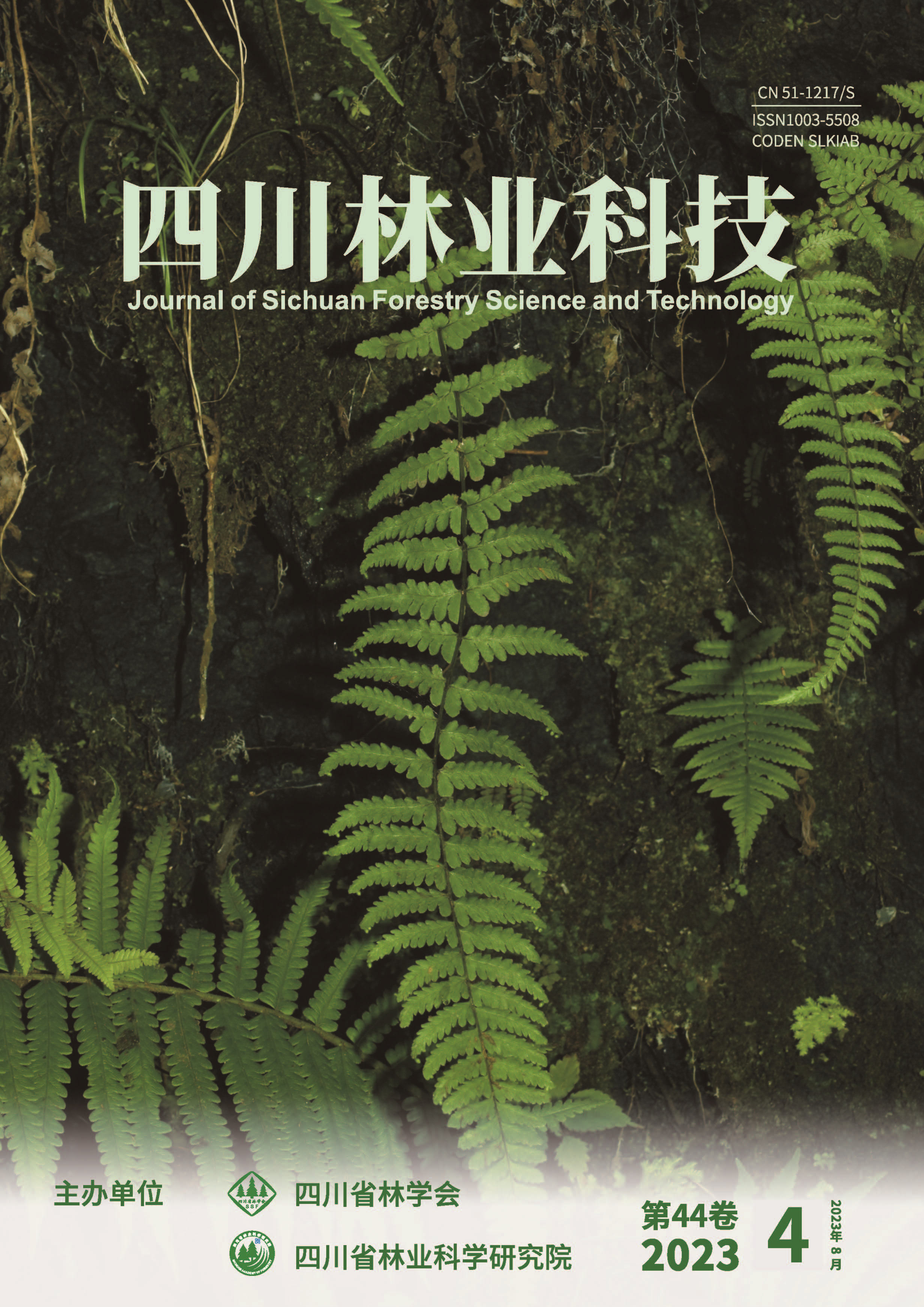
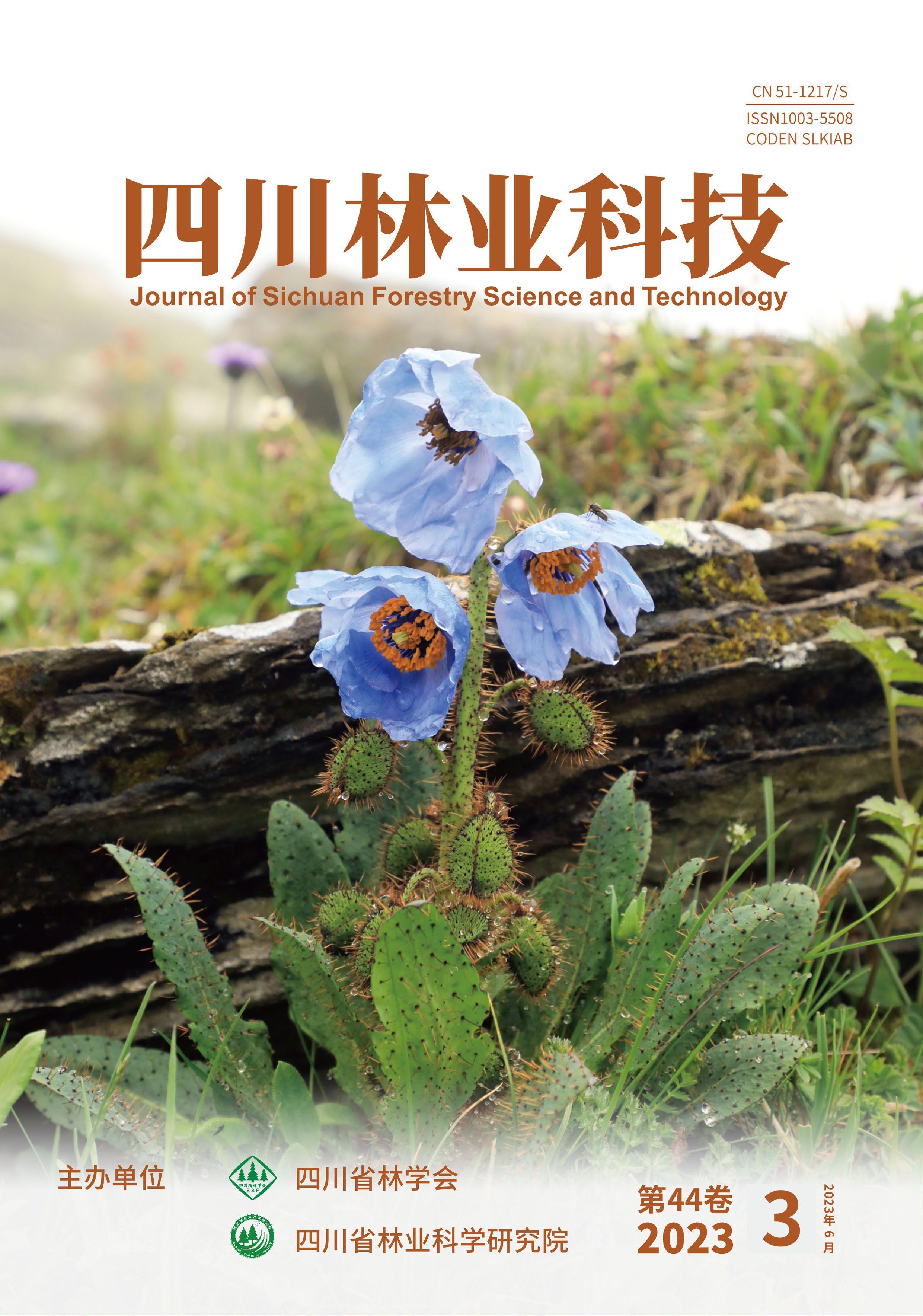
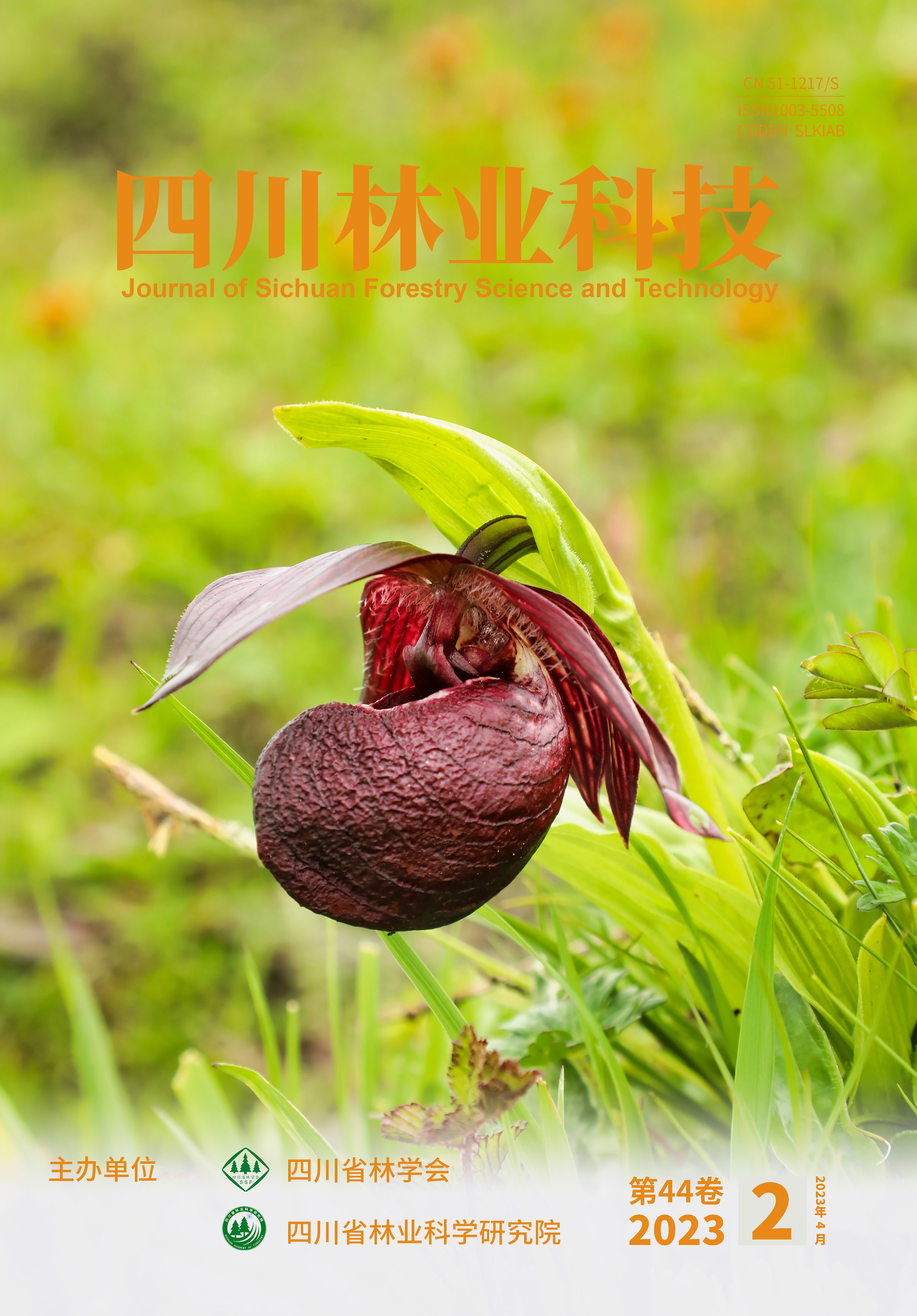



 DownLoad:
DownLoad: